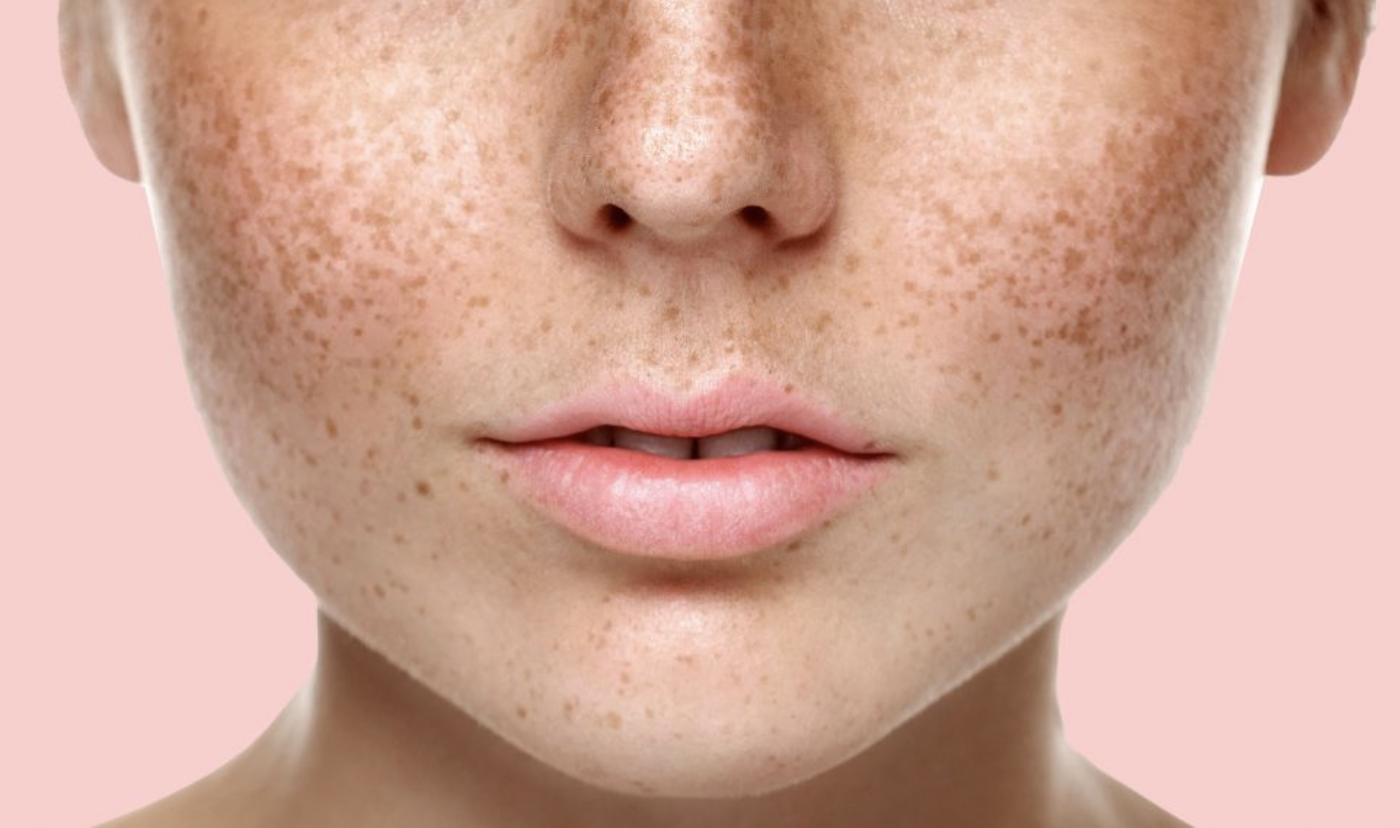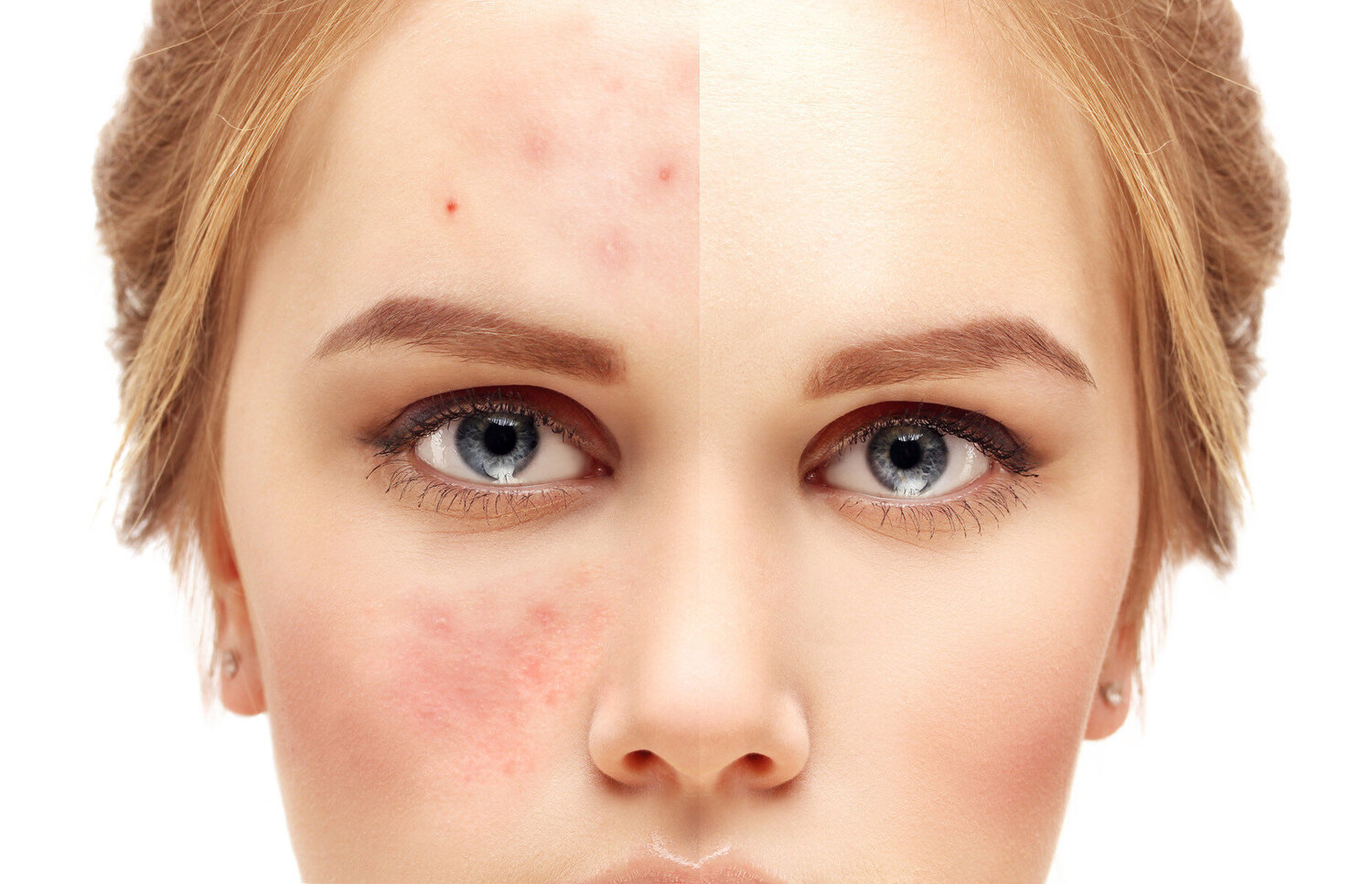Sunbathing is a delightful activity that many people enjoy; small brown spots that appear after the sun exposure are not equally loved. The newly appeared pigment spots should be taken seriously and their root causes investigated; however, these are not a problem you should worry too much about. The pigment spots are not forever – with the right treatment they can be successfully removed!
What are pigment spots and why do they appear?
Pigment spots are pale to dark brown patches appearing on the skin. The main factor contributing to pigment spots is ultraviolet radiation that we get from the sun as well as tanning beds.
Another significant factor is hormonal change in the body. Therefore women are more prone to pigment spots during pregnancy or when taking contraceptive pills.



